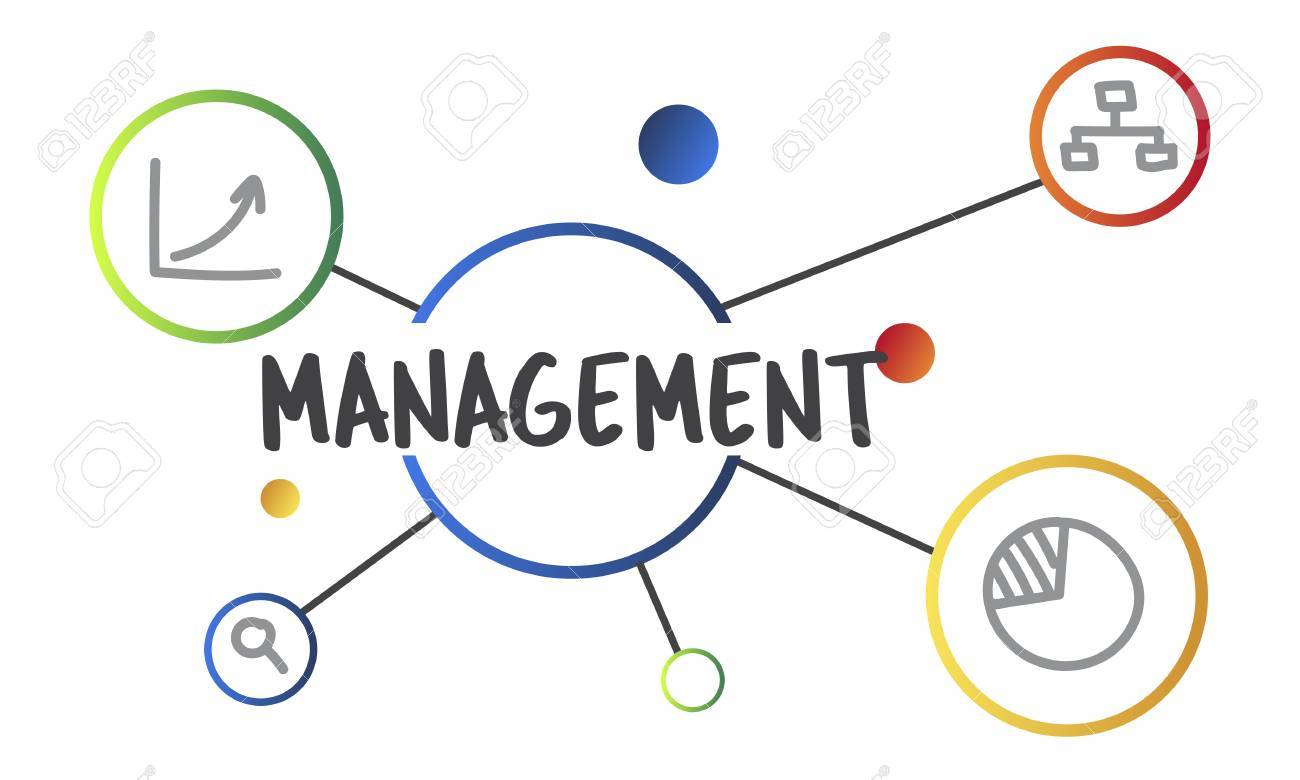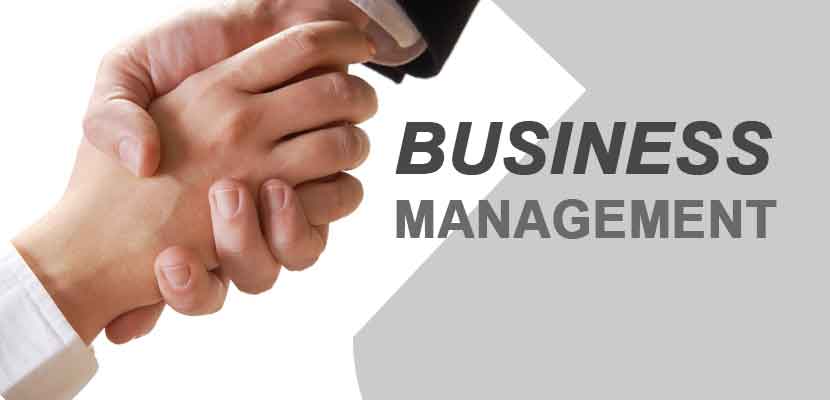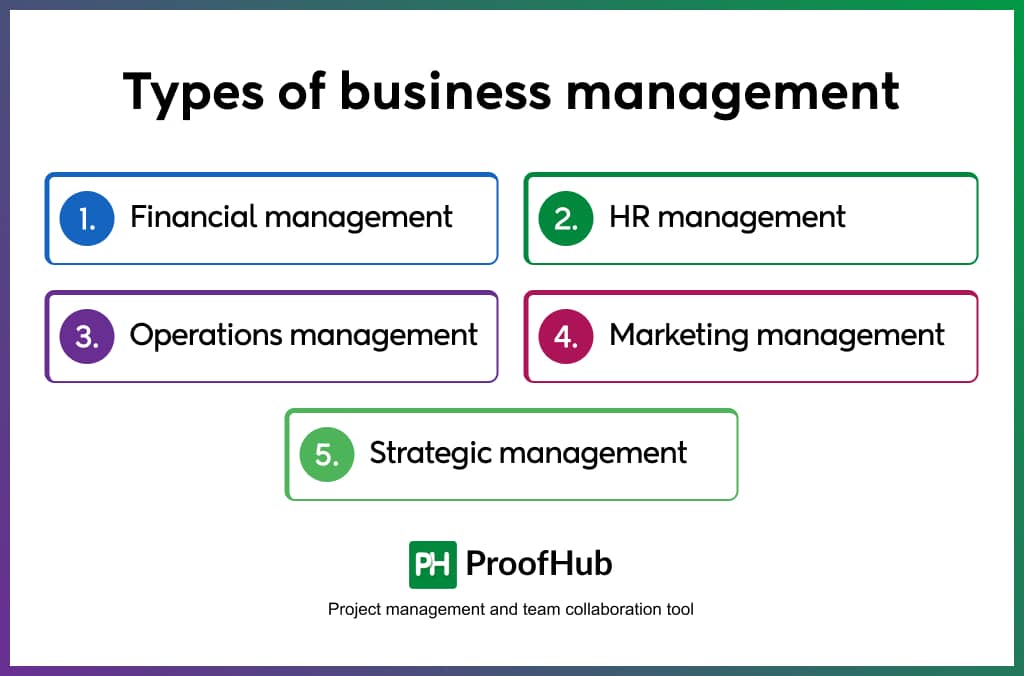Discover Exactly How SAFe For Architects Can Drive High-Performance Agile Teams
Discover Exactly How SAFe For Architects Can Drive High-Performance Agile Teams
Blog Article
SAFe Accreditation: Equipping Leaders in Scaled Agile Frameworks
The landscape of task management is developing, and SAFe Certification stands as a critical component for leaders seeking to implement the Scaled Agile Framework properly. This certification outfits experts with important abilities to promote collaboration and development within their teams, ultimately improving business efficiency. The trip to coming to be a certified SAFe leader involves even more than simply obtaining expertise; it incorporates recognizing the nuanced functions and responsibilities within dexterous environments. As we check out the details of SAFe Accreditation, the ramifications for management efficiency and organizational success warrant much deeper exam.
Understanding SAFe Qualification
SAFe accreditation, which means Scaled Agile Framework certification, is a credentialing program made to gear up specialists with the knowledge and abilities essential to execute agile techniques at range within their companies. The SAFe framework supplies a structured method that helps companies straighten their teams and take care of larger projects effectively, making sure that active methods are used consistently throughout different degrees.
The certification encompasses various roles, consisting of SAFe Agilist, SAFe Practitioner, and SAFe Program Expert, each focusing on various elements of the framework. The program stresses the relevance of lean concepts, continual delivery, and cooperation amongst teams, cultivating an environment helpful to development and performance.
Individuals undertake extensive training that incorporates theoretical understanding with functional application, enhancing their capability to lead agile improvements. The curriculum consists of topics such as dexterous groups, program execution, and profile administration, guaranteeing that qualified specialists are well-versed in all aspects of the SAFe methodology.
Advantages of SAFe Certification
Obtaining a Risk-free accreditation supplies various advantages for specialists aiming to enhance their jobs in active task management. Firstly, it furnishes people with a detailed understanding of the Scaled Agile Framework, allowing them to effectively apply agile principles throughout large organizations. This knowledge is essential as organizations increasingly adopt active techniques to enhance efficiency and adaptability.
In addition, SAFe qualification boosts a prospect's bankability and profession potential customers. As organizations look for licensed specialists to lead their nimble changes, licensed people can regulate greater incomes and stand out in a competitive task market. Getting this accreditation demonstrates a commitment to continual understanding and expert advancement, which is very related to by companies.
Networking possibilities likewise emerge from SAFe qualification, linking people with a neighborhood of similar professionals and industry leaders. This can cause partnership, mentorship, and knowledge sharing, additional enriching one's specialist experience.
Lastly, licensed specialists are typically much better geared up to promote a society of cooperation and advancement within their teams, driving successful outcomes in dexterous projects. On the whole, the advantages of SAFe certification are manifold, making it a useful investment for those in the active task management domain name.
The Accreditation Refine
The trip to attaining SAFe qualification involves an organized procedure made to guarantee prospects are well-prepared for active leadership duties. This process generally begins with picking the suitable SAFe certification that aligns with one's job aspirations and organizational needs, such as SAFe Agilist, SAFe Expert, or SAFe Program Expert.
Candidates are then motivated to take part in a thorough training program, normally carried out by an accredited SAFe fitness instructor - SAFe DevOps certification. These courses cover vital ideas, principles, and practices of the Scaled Agile Structure, providing individuals with valuable understandings and useful understanding
Following the training, prospects must pass an accreditation test to show their understanding and proficiency in using SAFe concepts. The tests are designed to examine not only knowledge but likewise the capacity to implement dexterous practices effectively within a scaled setting.
As soon as licensed, individuals acquire access to a wide range of sources, including area networks and continuous knowing chances, which additionally boost their agile leadership capacities. Keeping qualification needs continual expert growth, making sure that leaders remain existing with evolving practices within the framework. Eventually, the accreditation procedure is a rigorous yet gratifying path for those intending to stand out in agile management.
Obligations and duties
Effective application of the Scaled Agile Structure (SAFe) depends heavily on clearly specified functions and responsibilities within an organization. These functions are necessary for making certain positioning, effectiveness, and effective collaboration throughout teams.
At the team degree, crucial roles consist of the Scrum Master, Item Proprietor, and Agile Team Members. The Scrum Master promotes the agile procedure, guaranteeing that the group sticks to the SAFe concepts while getting rid of impediments.
At the program level, the Launch Train Designer (RTE) plays an important duty in orchestrating the Agile Release Train (ART), guaranteeing smooth program implementation and placement throughout numerous teams. Additionally, the system engineer and local business owner supply technical guidance and critical vision, respectively.
Continual Renovation in SAFe
Continuous renovation is a cornerstone of the Scaled Agile Structure (SAFe), driving companies to enhance their processes, products, and general efficiency. By cultivating a culture of continuous renovation, SAFe encourages teams to routinely evaluate their outcomes and process, recognize inefficiencies, and implement strategies for enhancement. This iterative process not just increases productivity yet likewise aligns teams with the organization's critical objectives.
Central to this technique are the Inspect and Adapt (I&A) workshops, which provide organized possibilities for reflection and understanding. Throughout these sessions, teams assess performance metrics, review challenges, and create workable understandings to guide future versions. Additionally, the use of Agile Launch Trains (ARTs) promotes cross-functional collaboration, making it possible for groups to share finest practices and drive cumulative renovation.
In addition, Lean-Agile leadership plays a crucial role in advertising a state of mind of constant renovation. Leaders are entrusted with fostering an environment where trial and error is encouraged, and failings are considered as learning chances. By embedding continual renovation right into the organizational society, SAFe equips groups to stay active and receptive to transforming market demands, eventually boosting their capacity to deliver worth to clients.

Final Thought
In final thought, SAFe Certification serves as a crucial tool for leaders intending to implement dexterous methods successfully within their organizations. Eventually, SAFe Qualification adds considerably to business success and resilience.
The landscape of project monitoring is advancing, and SAFe Certification stands as a critical element for leaders looking for to implement the Scaled Agile Framework properly.Getting a Secure qualification supplies numerous advantages for experts looking to boost their professions in active project management. The Scrum Master promotes the nimble procedure, guaranteeing that the group adheres to the SAFe concepts while getting rid of impediments. By installing continuous improvement into the organizational culture, SAFe equips groups to continue to be receptive and nimble to altering market needs, inevitably enhancing their capacity to supply worth to clients.

|
Master Agile Practices With Comprehensive SAFe Accreditation
In a significantly complex service landscape, grasping Active practices through thorough Secure certification has arised as an essential proficiency for specialists intending to boost organizational performance. As organizations seek to browse the obstacles of rapid change, the execution of SAFe concepts uses a pathway to enhanced end results.
Comprehending SAFe Framework

At its core, the Secure framework comprises 4 levels: Group, Program, Large Remedy, and Profile. Each level addresses certain facets of Active delivery, from managing small teams of programmers to overseeing several programs and straightening calculated initiatives with service purposes.
SAFe motivates collaboration amongst cross-functional teams, promoting an environment where continual enhancement and innovation are vital. By emphasizing alignment, transparency, and built-in top quality, the structure equips organizations to respond swiftly to market modifications while delivering value to clients.
Moreover, SAFe supports various methods, such as Scrum and Kanban, allowing organizations to customize their approach according to specific job needs. This adaptability ensures a durable framework for companies aiming to grow in a quickly developing business landscape.
Benefits of SAFe Qualification
Often sought after in the Agile area, SAFe accreditation uses many advantages for professionals and companies alike. Among the key advantages is the improvement of skills and understanding in applying the Scaled Agile Framework (Risk-free), which gears up people with the tools required to drive successful Agile makeovers. This certification signals a commitment to specialist development, making prospects much more competitive in the task market.
For organizations, having licensed professionals cultivates a culture of continual enhancement and cooperation, vital for adapting to changing market needs. It makes it possible for teams to straighten their deal with strategic objectives, ultimately improving efficiency and efficiency. see this Companies with a greater proportion of SAFe-certified staff useful content members commonly experience reduced time-to-market and enhanced quality of deliverables.
Furthermore, Risk-free qualification helps with networking possibilities with other Agile professionals, allowing the exchange of best practices and experiences (Leading SAFe). This collective network can dramatically contribute to individual and business development. In recap, obtaining Risk-free accreditation not just improves individual abilities but additionally reinforces the overall Agile maturity of a company, bring about sustainable success in today's dynamic organization atmosphere
Key Elements of SAFe
Structure on the advantages of Secure accreditation, recognizing the essential elements of the Scaled Agile Structure is crucial for properly applying its principles. The Secure structure makes up four key levels: Team, Program, Huge Service, and Portfolio. Each degree addresses various aspects of active practices, promoting positioning and distribution across the company.
At the Group degree, cross-functional groups work collaboratively making use of Active techniques, such as Scrum or Kanban, to supply incremental value. The Program degree focuses on the Agile Release Train (ART), which is a long-lived team of Agile teams that prepares, dedicates, and performs with each other. The Large Service level addresses complicated options that call for numerous ARTs to operate in show, ensuring control and integration.
Planning For SAFe Certification
Getting ready for Secure qualification calls for a calculated strategy to guarantee an extensive understanding of the structure. First, familiarize on your own with the core principles and values of the Scaled Agile Framework (Risk-free) Evaluation sources offered on the Scaled Agile internet site, including the Secure framework documentation, study, and whitepapers, to build a strong structure.
Following, consider signing up in an official SAFe training program. These training courses, led by licensed SAFe Program Specialists (SPCs), deal structured finding out experiences that cover important ideas and functional applications. Involving with instructors and peers can boost your understanding of the product.
In addition, exercise with sample test questions to familiarize on your own with the format and kinds of questions you might experience. Signing up with study teams or discussion forums can assist in expertise exchange and supply assistance from fellow candidates.
Using SAFe in Organizations
Implementing the Scaled Agile Structure (Secure) within companies demands an organized strategy that straightens groups and procedures toward a common goal. The successful application of SAFe starts with developing a clear understanding of its concepts, including partnership, placement, and openness. Organizations should first analyze their current processes and recognize areas for improvement, ensuring they are ready for the cultural shift that SAFe requires.
Following, leadership commitment is essential. Leadership must actively support the transition by advertising a culture of continual learning and adaptability. Training and accreditation for groups help equip members with the essential abilities and expertise to operate efficiently within the SAFe framework. This consists of establishing Agile Launch Trains (ARTs), which work as the foundation for providing value across the company.
By continually using Secure principles and techniques, organizations can accomplish better dexterity, improve cooperation, and ultimately drive better company outcomes. Embracing this framework placements organizations to react swiftly to market modifications and consumer demands (Leading SAFe).

Final Thought
To conclude, mastering Active practices via extensive Risk-free qualification substantially enhances specialist abilities and contributes to organizational performance. The knowledge acquired from recognizing the Risk-free framework, in addition to its essential elements, boosts and helps with successful makeovers cooperation among teams. Acquiring this accreditation positions individuals positively in a competitive job market, underscoring the significance of continual improvement and alignment within organizations. Embracing Secure inevitably brings about boosted performance and greater high quality deliverables.
The SAFe (Scaled Agile Structure) structure serves as an organized approach for carrying out Nimble techniques at range across big companies. One of the main advantages is the enhancement of abilities and knowledge in carrying out the Scaled Agile Structure (Risk-free), which outfits people with the devices required to drive successful Agile improvements. In recap, obtaining Secure certification not only enhances individual capacities but also enhances the total Agile maturity of an organization, leading to lasting success in today's vibrant business setting.
Building on the benefits of SAFe qualification, comprehending the key parts of the Scaled Agile Structure is essential for properly executing its principles.Carrying Out the Scaled Agile Framework (Risk-free) within organizations necessitates a structured approach that lines up groups and procedures towards a common objective.
|
Development Your Job With SAFE Qualification: Agile Proficiency Unlocked
In today's rapidly progressing service landscape, getting Risk-free accreditation can dramatically improve your career trajectory by outfitting you with vital active know-how. As firms progressively look for specialists who can lead dexterous improvements, comprehending the pathways to get this qualification comes to be important.
Recognizing SAFe Accreditation
SAFe Certification works as a crucial credentials for specialists seeking to enhance their professions in dexterous job management. Created by Scaled Agile, Inc., the Scaled Agile Framework (Risk-free) offers a detailed technique to executing active practices throughout big companies, making it necessary for professionals intending to navigate intricate job atmospheres effectively.
The qualification procedure incorporates different levels, consisting of SAFe Agilist, SAFe Specialist, and SAFe Program Consultant, each targeting various functions within nimble teams. These accreditations are designed to outfit specialists with the knowledge and tools required to lead agile transformations, foster collaboration throughout teams, and enhance task delivery results.
Understanding SAFe Accreditation involves recognizing its focus on straightening technique with implementation, advertising a society of continual renovation, and leveraging dexterous concepts at range. This framework not just boosts private expertises but likewise contributes to business agility, allowing companies to react swiftly to market changes and customer demands.
Achieving Risk-free Accreditation indicates a dedication to expert growth and a solid foundation in nimble techniques, placing people as useful properties in their companies. By embracing this certification, specialists can boost their ability collection, ensuring they continue to be affordable in a quickly developing task market.
Benefits of SAFe Accreditation
Getting Risk-free Accreditation supplies numerous benefits for specialists in the nimble job management arena. This accreditation not just enhances private qualifications but also demonstrates a commitment to mastering the Scaled Agile Framework, which is increasingly recognized by employers. With a Risk-free accreditation, experts can validate their knowledge and skills in nimble methodologies, more making them more competitive in the work market.
Among the key advantages is the capacity to lead nimble transformations within companies. Qualified people are equipped with the methods and devices necessary to implement and scale dexterous methods efficiently, driving performance and productivity. Additionally, organizations with SAFe-trained professionals frequently experience boosted alignment throughout groups, fostering much better partnership and advancement.
Additionally, Secure Accreditation opens up doors to networking opportunities within the agile community. Professionals can get in touch with similar individuals, share ideal practices, and remain updated on market patterns. The qualification likewise gives accessibility to exclusive sources, consisting of webinars and workshops, which can better enhance one's proficiency.
Eventually, obtaining SAFe Accreditation equips specialists to advance their professions, contribute meaningfully to their organizations, and lead the fee in active quality. SAFe For Architects.
Pathways to Get Qualification

To begin, candidates normally involve in a Risk-free training course, which serves as the foundational step for qualification. These courses are facilitated by SAFe Program Consultants (SPCs) and cover important principles, methods, and roles within the Secure framework. After finishing the training, prospects should pass a certification examination to validate their understanding and abilities.
There are several qualifications available, such as Risk-free Agilist (SA), SAFe Specialist (SP), and SAFe Scrum Master (SSM), amongst others. Each certification calls for certain training sessions and evaluations, allowing experts to select a pathway that lines up with their job goals.
Furthermore, preserving Secure accreditation necessitates ongoing education and learning and renewal, making certain that professionals stay present with evolving Agile methods. By purposefully choosing the appropriate training and qualification paths, people can significantly boost their competence and job trajectory within the Agile landscape.
Real-World Applications of SAFe
Applying the SAFe framework in companies has actually shown to be very effective in improving productivity and placement throughout groups. This approach helps with cooperation among different divisions, enabling teams to work in the direction of a combined set of objectives. By breaking down silos and fostering interaction, SAFe makes it possible for organizations to react quickly to market modifications and consumer requirements.

Furthermore, SAFe is crucial in boosting task exposure via metrics and reporting tools, permitting stakeholders to make enlightened choices. It also encourages a culture of continual enhancement, advertising routine retrospectives and adjustment of practices. Inevitably, the real-world applications of SAFe show its versatility and efficiency in driving effective end results across numerous sectors, making it a vital structure for contemporary organizations.
Profession Improvement Opportunities
The adoption of the Risk-free structure not just improves business efficiency yet also opens up considerable job development possibilities for experts within the Agile and task monitoring areas. As companies progressively welcome Agile methodologies, the need for SAFe-certified experts proceeds to rise, creating an one-upmanship for those geared up with this accreditation.
SAFe accreditation provides specialists accessibility to a range of duties, consisting of Agile Launch Train (ART) roles, Scrum Masters, and Release Train Engineers. In addition, people can transition right into management positions such as Program Managers or Portfolio Supervisors, consequently enhancing their responsibilities and influence within the organization. The qualification likewise demonstrates a dedication to constant learning and versatility, qualities very valued by companies.
Additionally, experts with Risk-free certification typically appreciate greater earning potential. Sector reports suggest that certified people normally command salaries that go beyond those of their non-certified peers. In addition, the networking chances managed by SAFe areas can cause beneficial connections and profession leads. Leading SAFe.
Final Thought
In verdict, acquiring SAFe qualification significantly boosts expert credentials in the realm of nimble approaches. This accreditation not only helps with mastery of dexterous practices but also promotes opportunities for career advancement throughout different functions, consisting of Scrum Masters and Program Managers. By furnishing people with essential skills and expertise, Secure accreditation fosters leadership capacities necessary for driving effective agile transformations within companies, inevitably adding to better earning potential and beneficial connections within the dexterous neighborhood.
Getting Risk-free Qualification supplies countless benefits for specialists in the agile project monitoring sector. With a SAFe accreditation, specialists can verify their knowledge and skills in nimble methodologies, making them a lot more competitive in the work market.
These training courses are promoted by SAFe Program Experts (SPCs) and cover vital concepts, techniques, and duties within the Secure framework.In final thought, getting Secure qualification significantly enhances professional credentials in the realm of active methodologies. By furnishing individuals with crucial abilities and expertise, SAFe qualification fosters management capabilities necessary for driving effective agile makeovers within organizations, eventually contributing to greater earning potential and valuable links within the active community.
} Report this page